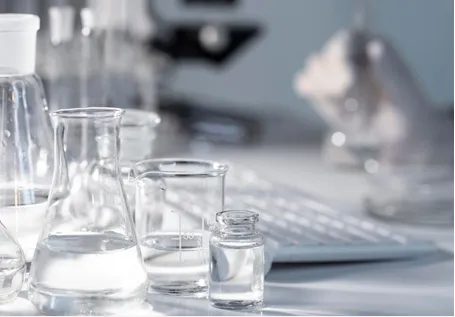Validation of Active Pharmaceutical Ingredients
The validation of active pharmaceutical ingredients (APIs) is a critical process in the pharmaceutical industry, serving as a cornerstone for ensuring the efficacy, safety, and quality of medicinal products. APIs are the substances in pharmaceutical drugs that are biologically active. Validation in this context refers to the rigorous checks and assessments designed to confirm that these ingredients meet predefined standards throughout their production and handling processes.
The importance of API validation is underscored by stringent regulatory requirements enforced by health authorities such as the U.S. Food and Drug Administration (FDA) and the European Medicines Agency (EMA). These organizations set guidelines that manufacturers must follow to ensure that APIs are consistently produced according to quality standards. Validation provides assurance that the manufacturing processes are capable of delivering API batches with uniform quality and performance.
The process of validation involves several key steps. First, a thorough understanding of the API is required, including its chemical properties, mechanism of action, and stability under various conditions. This understanding guides the development of protocols and guidelines tailored to the specific characteristics of the API.
The next critical phase is the development of validation protocols, which outline specific testing methods, acceptance criteria, and documentation processes. These protocols typically cover aspects such as the synthesis of the API, purification methods, stability testing, and analytical methodologies. Each stage of the manufacturing process must be documented in detail to create a comprehensive quality assurance framework.
validation of active pharmaceutical ingredients

Following the establishment of protocols, manufacturers must conduct validation studies to generate empirical data supporting their claims. This typically includes process validation, which assesses the efficiency and reproducibility of the production methods, as well as analytical method validation, which confirms that the techniques used to analyze the API are reliable and accurate.
One particular focus of API validation is contamination control, as impurities in an API can lead to serious health risks. Therefore, the validation process must demonstrate not only that the API achieves the desired concentration and potency but also that it remains free from harmful contaminants. This necessitates the use of robust testing methods and quality control measures throughout the production cycle.
Moreover, regulatory guidelines dictate that manufacturers must maintain a thorough documentation trail that evidences compliance with all validation protocols. This documentation serves not only as a record for internal use but also as part of the regulatory submission process required for market approval. Comprehensive records include batch production records, analytical test results, and validation summaries that may be inspected by regulatory authorities.
In summary, the validation of active pharmaceutical ingredients is an essential practice that ensures the production of safe, effective, and high-quality drugs. By adhering to established protocols and regulatory frameworks, manufacturers can build confidence in their products, thereby safeguarding public health and meeting the demands of healthcare providers and patients alike. The ongoing commitment to validation will remain pivotal as the pharmaceutical landscape evolves, particularly with the advent of new technologies and challenges in drug production.

